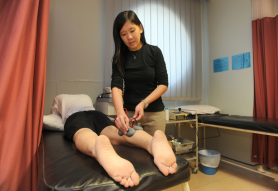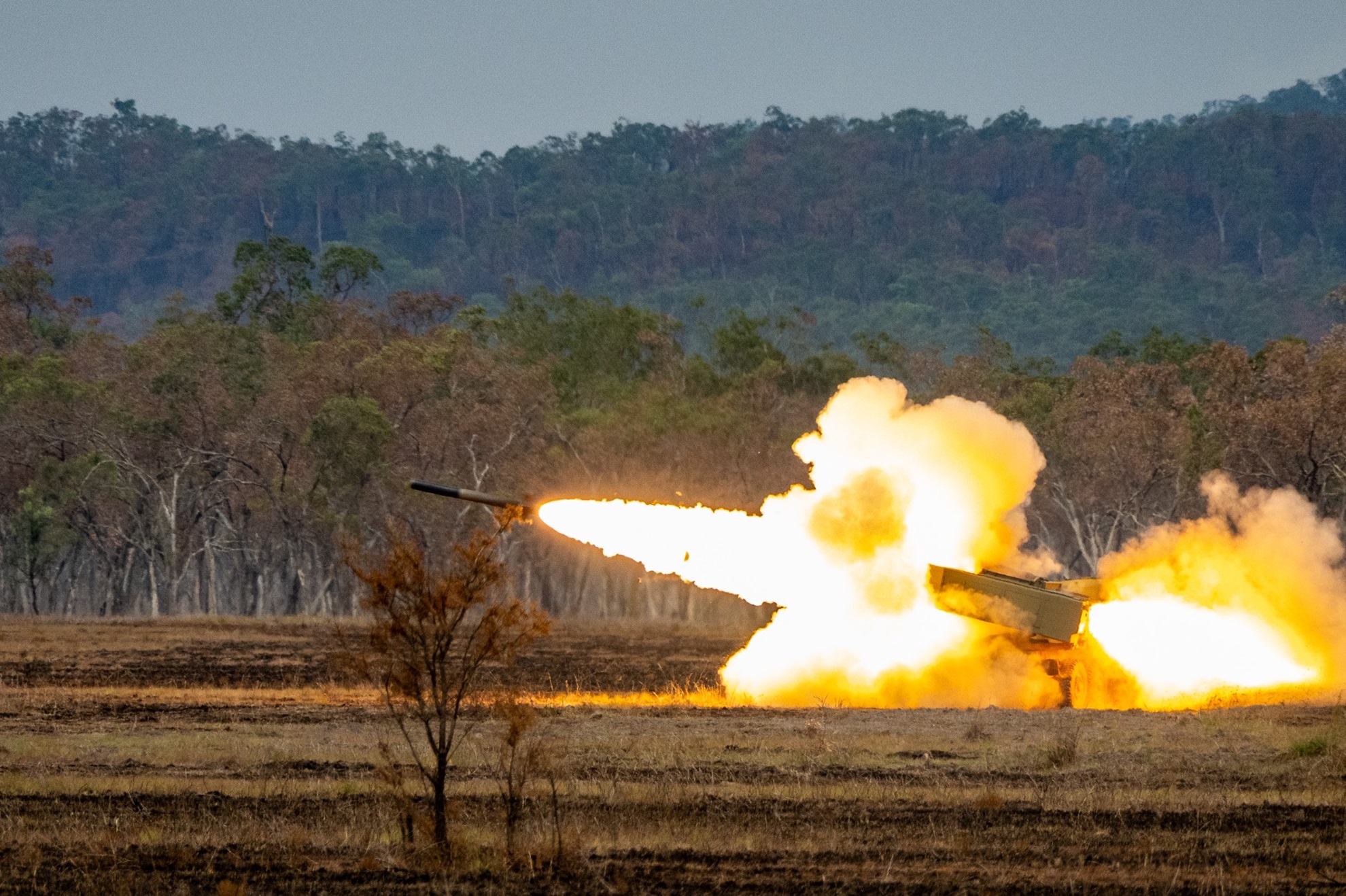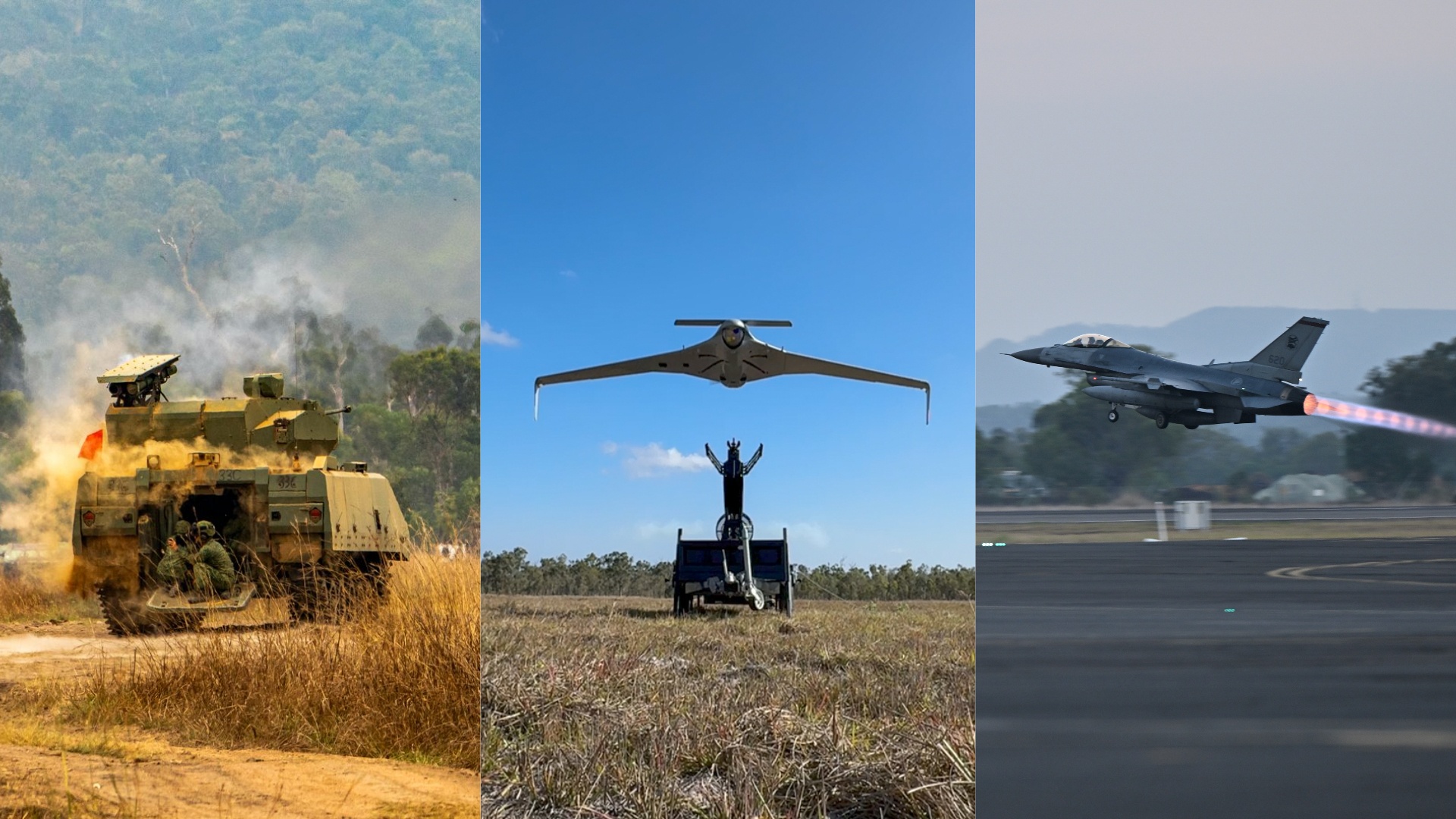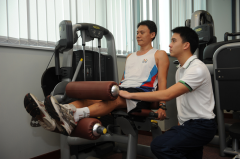OPS & TRAINING
HELP WITH INJURIES
21 Jan 2011

In the last of the six-part series on lesser-known vocations, here's a look at the work of physiotherapists in the Singapore Armed Forces (SAF).
An ultrasound machine in the physiotherapist's clinic? Whatever for?
Not for monitoring foetal development certainly, but for alleviating pain caused by injuries, said Ms Hazel Chen, a physiotherapist of the Headquarters Army Medical Services, Soldier Performance Centre.
"Therapeutic ultrasound works by transmitting mild electric currents to the area of injury, simulating a micro-massage, and this reduces scarring and enhances healing around that area," she explained.
Other pain relief therapy methods used in physiotherapy treatment include traction, which is a gentle tugging on the spine to reduce compression, and interferential therapy, which involves electrical pulses to relieve pain and reduce swelling.
The clinic also has a fully-equipped gym, and physiotherapists can prescribe exercises to patients as part of the treatment.
Said Full-time National Serviceman (NSF) and Physiotherapy Assistant, Lance Corporal (LCP) Ashley Yap: "Along with a few other NSFs, we assist patients in doing the exercises recommended by the physiotherapists.
"After patients sustain an injury, the affected muscles degenerate a little, so the exercises are to stretch and strengthen those muscles."
Relieving pain and more
Ask anyone what a physiotherapist does and they are likely to tell you that it involves rehabilitating patients after an operation or injury, helping them to better manage pain.
But according to physiotherapist Mr Marc Chionh, that is only half their job scope; they also work to enhance soldiers' performance.
"In the SAF, we also do musculoskeletal screening, which is a physical examination of muscles and bones, for the Rangers, Commandos and Naval Divers.
"We look out for muscle imbalances, such as certain muscles being tighter than others, which can predispose servicemen to injury, and we work on loosening those muscles to correct the imbalances," he explained.
"This is what we term as prehabilitation, where we work to reduce their risk of injuries so that they are less likely to drop out of their training because of injuries."
In addition to providing prehabilitation and rehabilitation, physiotherapists with specialisations can be involved in projects that tap on their expertise.
Head Physiotherapist Grace Heng, for instance, is an ergonomist by training who studies the work environment to test its suitability for users. She has worked on projects such as the Terrex Infantry Carrier Vehicle, the Leopard 2A4 Main Battle Tanks and even the boots that soldiers wear.
Said Ms Heng: "When products are user-friendly for our soldiers, it will help to enhance their performance."
Physically challenging
Unlike in hospitals where physiotherapists have more specific job scopes, those in the SAF are often required to multi-task and run the clinics at the Military Medicine Institute and in Pulau Tekong.
Physiotherapy Assistant Corporal (CPL) Bryan Loh finds that assisting physiotherapists in running the clinic has been a very useful experience as he plans to enrol in a medical school after his Operationally Ready Date in February.
"I've learnt a lot, and this is a good avenue for me to familiarise myself with the health-care industry in general. My experience here has also helped to enhance my communication with patients, which is essential for my future job."
Ms Chen joined the SAF as a physiotherapist in 2006 and, ironically, what attracted her to the job is also her greatest challenge these days.
"When we run the clinic, we have to treat and counsel patients, take charge of logistics to ensure adequate stock of medical equipment, give lectures to servicemen on how to prevent injuries, as well as train our NSF medics."
Just as Ms Chen admits it is tough to juggle so many roles at the same time, others in the physiotherapy clinic like LCP Yap find that his work can be emotionally tiring at times.
"As a health-care worker, we often need to encourage our patients. But when patients give up on themselves, it is harder to give them support."
Rewarding recovery
Such initial responses from patients are common, said Ms Chen. "When servicemen get injured, in serious cases, it can even affect their career in the SAF, so naturally some of them will get depressed."
However, seeing such patients leave the clinic with a fully functioning body and a more positive outlook on life puts a smile on these physiotherapists' faces.
Recalling a former patient, Ms Chen said: "Once, a Commando came to my clinic with a slipped disc, and he had to stop training and could not do airborne jumps. That affected him a lot and made him very upset.
"But after three months of rehabilitation, his condition improved and he was able to return to training. It was great seeing how happy he was knowing that he would be able to do the things he loves again," she said.
In the true spirit of a health-care worker, she concluded: "Of course, for all our patients, what s even better is when we don't see them at all, and they don't need our services any more because they've fully recovered."
ALSO READ IN OPS & TRAINING

Exercise Wallaby 2025: To see better, shoot faster
31 Oct 2025
The SAF focuses on complex strike missions and multi-domain integration in Exercise Wallaby 2025, the 35th edition of its largest unilateral overseas exercise.

Ex Wallaby 25 – Greater Integration and Complexity
25 Oct 2025
The 35th edition of the SAF’s largest unilateral overseas exercise is an opportunity for expanded scale and deeper integration towards an effective, networked fighting force.

Ex Forging Sabre ramps up use of unmanned assets in integrated strike operations
12 Sep 2025
In this 10th edition of Exercise Forging Sabre, the SAF sharpened its cutting edge for the dynamic modern battlefield, with expanded integration between manned and unmanned platforms.






